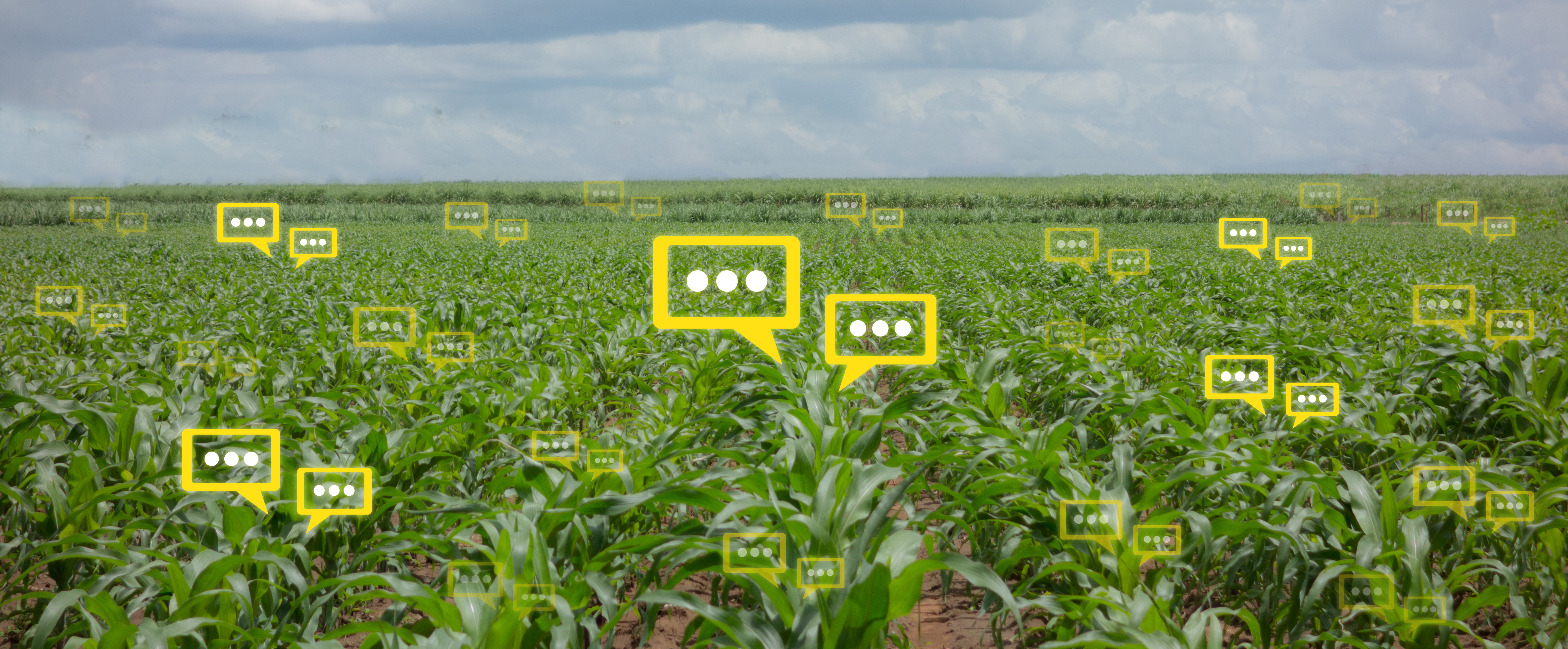
Old MacDonald had a farm, E-I-E-I-O!
And on his farm he had a cow, E-I-E-I-O!
Farm level data is essential for monitoring and evaluating the achievements of the CAP and for better targeting of CAP support. The Farm Accountancy Data Network (FADN) plays a crucial role in this endeavour. It is the only instrument that provides harmonised micro-economic data for farms in the EU. Derived from national surveys, the data is not only used to evaluate the income of agricultural holdings, but also, increasingly to assess the overall achievements and impacts of the Common Agricultural Policy.
What data is included in FADN?
The information collected annually in the Member States for each of the 80,000 FADN sample farms includes approximately 1000 variables and refers to:
• Physical and structural data (location, crop areas, livestock numbers, etc.)
• Economic and financial data (production value of the different crops, stocks, sales, purchases, production costs, assets, liabilities, production quotas and subsidies, etc.)
Data is collected through a Liaison Agency in each Member State or nominated bodies. The sample in each Member State is stratified according to region, economic size and type of farming to ensure its representativeness. The FADN sample does, however, not cover all agricultural holdings, but only those which due to their size are considered to be commercial.
The quality of data in FADN in terms of completeness and time consistency is one if its main strengths, since a sophisticated quality check is done regularly.
How is FADN used and by whom?
The European Commission is one of the primary users of FADN data. It periodically publishes a set of statistics, which can be found in the Standard Results database. It uses FADN as an information source for the Agri-FoodData portal (e.g. economic reports on EU farming) and for EU level evaluations and studies.
Evaluators in the Member States use FADN as a generally available and cost-efficient information basis to assess RDP effects. While initially FADN had only been used for economic analysis, more and more its potentials for the assessment of environmental impacts of the CAP (e.g. GHG emissions) are explored. Since it is however not an environmental database there are some challenges in its use (e.g. lack of information on management practices) which require to further enlarge the data-set or to cross it with other data sources (e.g. IACS, national reports for GHG and ammonia emissions).
For micro-level analysis, but also as an input into models, FADN data is usually combined with information on the participation in RDP measures, stemming from the information system of the RDP Managing Authority and Paying Agency. The advantage of FADN data here concerns its consistency in the collection and processing of the data over years.
Some advanced evaluation approaches (e.g. PSM-DiD) are dependent on the availability of panel data for the investigated period. Panel data however requires the replication of the same units over time: ideally prior to and after the implementation of the given measures of an RDP. For FADN data this may be a challenge if a long period is to be analysed, since farms in the survey may be regularly replaced by new respondents.
The representativeness of the FADN sample in general and with respect to certain data items and subsamples can be further improved through adding extra questions to the national FADN survey (on innovation, environment) and by enlarging FADN with satellite-samples. For the consideration of the RDP effects on the smallest farms (those under the threshold levels applicable to FADN farms) the evaluators usually complement FADN data with the help of some additional surveys. If FADN or any other sample of farms is used, the evaluator will therefore always seek to understand how the sample relates to the whole population, (e.g. which segment of the supported farms is included in the FADN sample).
Delays in the provision of FADN data every two years can present a challenge to evaluators. However, this data can be complemented with other data, such as, more recent data from national data sources, from farm annual accounts or additional surveys.
Over the years FADN has established itself as an indispensable data source for evaluations and has been constantly developed. Member States and the European Commission are undertaking many initiatives to make FADN data even more useful for evaluations in the future.
The Commission will propose legislation to convert its Farm Accountancy Data Network into the Farm Sustainability Data Network with a view to contribute to a wide uptake of sustainable farming practices and collect data on the Farm to Fork and Biodiversity Strategies’ targets and other sustainability indicators[1] (Q2 2022).
Where to find more information about FADN?